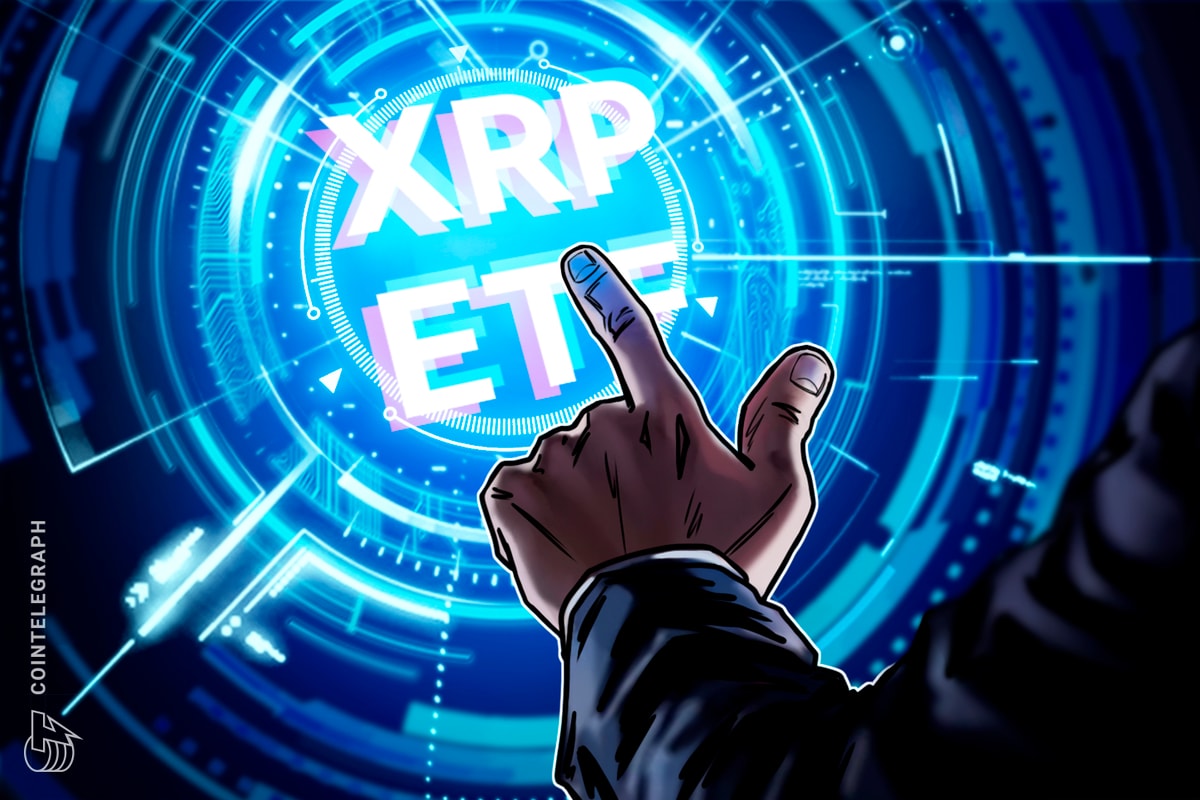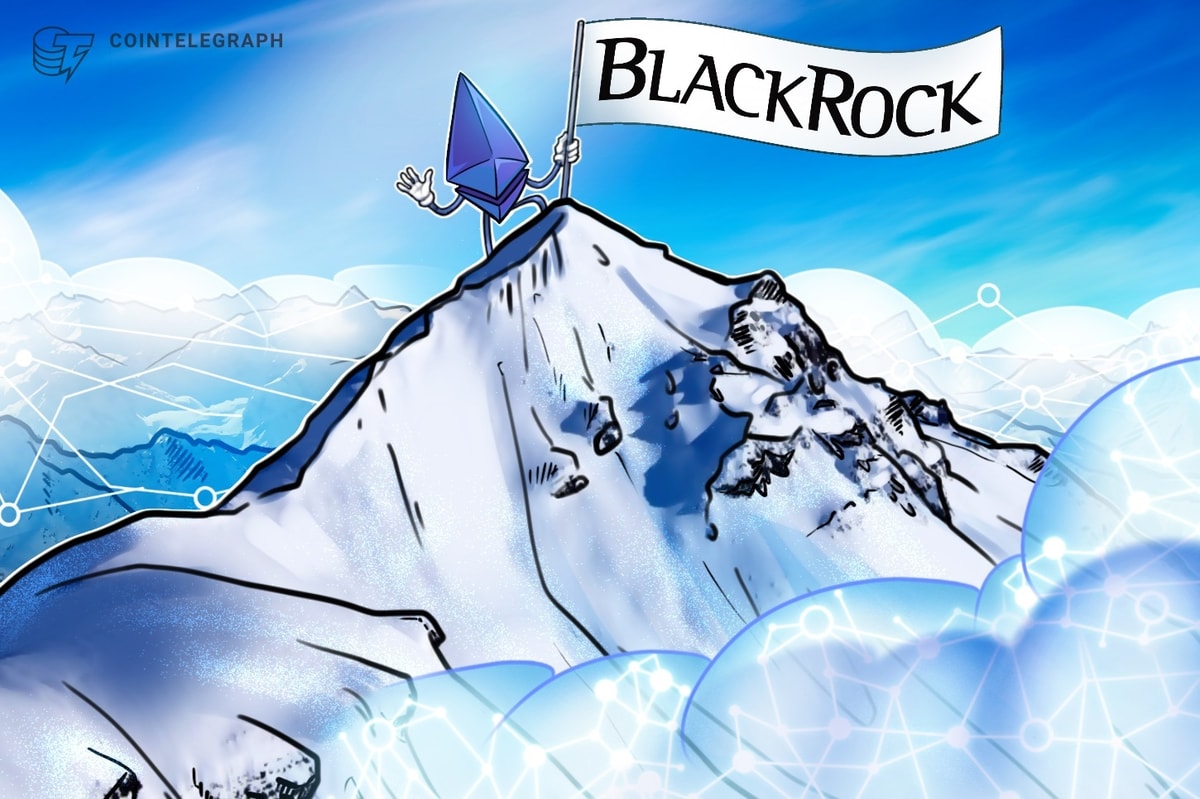Stablecoins are a critical countermeasure to Operation Chokepoint
4 min read
Boosting financial inclusion is one of crypto’s strongest value propositions. Yet, ironically, the banking crisis has effectively de-banked the crypto industry itself, at least in the United States.
How things panned out with Silvergate, Silicon Valley Bank and Signature — the three crypto-friendly U.S. banks — reeks of what Nic Carter called “Operation Chokepoint 2.0.” There’s good merit to this claim, though naysayers peddle conspiracy theory allegations with much harshness.
Signature, for one, did not face a bank run. The Federal Deposit Insurance Corporation still took the bank over in a jiffy. Anonymous sources even alleged the FDIC had asserted that any purchaser “must agree to give up all the crypto business,” though the agency walked back those claims.
I don’t want to alarm, but since the turn of the year, a new Operation Choke Point type operation began targeting the crypto space in the US. it is a well-coordinated effort to marginalize the industry and cut of its connectivity to the banking system – and it’s working
— nic carter (@nic__carter) February 7, 2023
Crypto not only has the resilience but also the tools to fight back — by leveraging stablecoins to minimize bank dependence. Besides solving an immediate crisis, it can also provide the ground to establish crypto as a self-sufficient and parallel financial system. That was Satoshi’s vision, after all.
U.S. regulators are shooting themselves in the foot
There’s a reason why most regulatory authorities — except in some progressive jurisdictions — have their guns blazing for crypto. Their power rests on the toxic relationship between governments, money printers, big corporations and oligopolies disguised as banking systems. The non-intermediated, permissionless and autonomous systems that crypto enables threatens this anti-individual nexus to its very core.
Our journey toward a more equitable, individual-centric world of crypto was never meant to be easy. The hyper-aggressive response from regulators is also pretty much in line with the expectations. But somehow the authorities, especially in the U.S., don’t seem to realize that their actions are self-destructive.
Related: Did regulators intentionally cause a run on banks?
Technological progress has been crucial in taking the U.S. to its current position of dominance in global geopolitics. Emerging crypto-based technologies enabled the next giant leap in this direction. And if only the regulators could overcome their greed for short-term power and control, they would see how stifling innovation isn’t in their best interest.
For instance, the ongoing banking crisis, which is very much due to misguided policy action and selective enforcement, ultimately hurts financial stability in the United States. Moreover, if it’s indeed a coordinated effort to de-bank the crypto industry, the average U.S. taxpayer is bearing most of the brunt, despite staying within legal limits.
Some projects have found a scalable way to assist crypto firms in becoming regulated institutions — such as Archblock, which onboards U.S.-based community banks to expand on-chain “real-world asset” financing for regulated entities.
While this approach might eventually resolve some regulatory tussles, a sizeable section of the global crypto community is rooting for more radical solutions.
Crypto firms don’t need banks when they have stablecoins
Stablecoins have been under much scrutiny since Terra’s “algorithmic” coin, TerraUSD (renamed to TerraClassicUSD, crashed last year, setting off a chain of events that partly led to the FTX fiasco. The crash wiped out an ecosystem worth $40 billion, but it also served valuable lessons in due diligence, overexposure and risk management.
Something like Operation Chokepoint 2.0, actual or hypothetical, is possible because crypto companies and investors use banks as on-ramps or off-ramps. There are practical reasons for this choice: One can’t buy crypto with cash, for example, and must pay with U.S. dollars from their bank account. Even while using an exchange, they need bank transfers to deposit fiat.
Related: The world could be facing a dark future thanks to CBDCs
Involving banks so much isn’t necessary, though. Stablecoins can offer the fiat tokenization services for which crypto companies depend on banks with much risk and despair. The process isn’t decentralized, but neither is banking for that matter. It’s not about decentralization here since the goal is to connect centralized and decentralized finance while minimizing counterparty risks.
Former BitMEX CEO Arthur Hayes published a richly informative blog on the subject in March in which he presented a detailed case for choosing stablecoins over banks. Most importantly, he proposed an innovative stablecoin model, which he called the Satoshi Nakamoto Dollar or NakaDollar (NUSD). The idea is to leverage Bitcoin (BTC) and inverse perpetual swaps such that NUSD doesn’t involve banks in the issuance or redemption process.
Proposals like NUSD are signs of our collective willingness to fight back in the face of regulatory uncertainty and aggressive onslaughts. As crypto evolves, there will be lesser attack surfaces for regulators, and we’ll have more robust alternatives to legacy systems.
Innovation isn’t merely a business model — it’s our biggest strength. And it is through innovation that crypto will overcome all hurdles. The show must go on since future generations deserve a better world.
Sarah Austin is the co-founder of QGlobe Games, a Steam-modeled gaming platform for crypto. She was the founding CMO of Kava Labs, the founding CEO of Pop17.com and the original community builder for Twitch. She graduated from the Dominican University of California before obtaining a data science certification from John Hopkins University.
This article is for general information purposes and is not intended to be and should not be taken as legal or investment advice. The views, thoughts and opinions expressed here are the author’s alone and do not necessarily reflect or represent the views and opinions of Cointelegraph.






